
Servant Leadership: Ten Characteristics to Successful Agile Teams
Have you ever wondered what makes some Agile teams more effective than others? While there is no perfect formula, a team who shares common values and embodies “we” rather than “me” mindset is an essential factor to building a rockstar Agile practice.

A Picture is Worth a Thousand Words | Data Visualization
With the proliferation of big data, utilizing data visualizations to quickly and effectively convey concepts is critical to identifying patterns and making better business decisions. The charts, graphs, and pictures that are produced through visualization tools provide a universal language that's able to be interpreted at lightning speed compared to the time it takes to digest copious amounts of data compiled in spreadsheets and reports.

Independently Valuable Slices are Foundational to Agile
There are very few practices that are universally optimal in all contexts. Planning the work you intend to do in small, independent, and valuable slices is one of these unicorn practices for any team that wants to be truly Agile.There are very few practices that are universally optimal in all contexts. Planning the work you intend to do in small, independent, and valuable slices is one of these unicorn practices for any team that wants to be truly Agile.

Cloud Migration Strategies

Answering Tough Questions About Agile
Agile is one of the hottest topics in today's Project Management and Development worlds. A myriad of companies are trying, or have attempted, to implement some form of Agile methodology with one or more of their teams or departments. Some have succeeded to varying degrees. Others have only partially succeeded or failed and ultimately fell back into long-standing habits.

Burn Up Charts: How to Know When the Work Is Done
Many Agile practices include burn up and burn down charts as new ways of forecasting and communicating when work will be complete. If you have been part of a Scrum team, you are probably already familiar with the burn down charts that are often used to visualize progress in each Sprint. While they are a good tool for helping teams understand their progress and adjust to daily plans as needed, they do not always provide value beyond the horizon of a single Sprint (anywhere from 1 - 4 weeks). Leaders often need longer range forecasts to support decision making and align efforts in disparate departments such as marketing and sales.

Understanding Blockchain and Distributed Ledger Technology
Bitcoin started the Blockchain and Distributed Ledger Technology (DLT) movement in 2009. According to Satoshi Nakamoto (anonymous and alleged creator), "A purely peer-to-peer version of electronic cash would allow online payments to be sent directly from one party to another without going through a financial institution.

Evolution from Virtual Machine to Container
Virtual Machines (VMs) changed the way services are deployed to better optimize the use of hardware in a high availability environment. Traditional virtual machines were great for dividing the available hardware in a single bare metal machine into many smaller computer instances running on top of a hypervisor application used to organize the access of multiple VMs to the same physical hardware. There are, however, costs associated with this. The answer to some of these costs is containers.

Women in Stem: A Business Owner’s Perspective
It is well accepted that diversity in the workplace and in industry drives better culture and business results. While women are making great strides in some fields, they are still greatly underrepresented in STEM industries. National averages reflect that women make up half of today's workforce, only 25 percent of positions in the tech sector belong to women and only 5 percent of those are leadership positions.

Artificial Intelligence: The Perfect Teammate

XaaS: The Go-To For IT Operations
Thanks to the popular movement known as XaaS, or Everything as a Service, every software project, platform, and product cloud is now consumable from mainstream providers. XaaS is a subset of cloud computing, as the "aaS" addition to any group of letters turns that cloud feature into a service. It covers products, tools, and technologies that can be delivered over a network rather than installing locally.

Strategies for cultivating culture with remote teams
Following the Coronavirus outbreak, remote teams seemingly went viral overnight giving many businesses very little time to prepare and putting them to a gigantic test. In times like this when everyone is scrambling to stay afloat, companies might fail to pay attention or wonder if culture should even be a consideration.

Understanding ALM Systems
ALM (Application Lifecycle Management) tools are those that attempt to manage the entire lifecycle in a one-stop solution. For organizations looking to simplify, or those early in their decision-making process who are passionate about making the right selection the first time, we would like to offer our experiences with two major players in the Enterprise ALM space: Atlassian's suite of core products (BitBucket, Jira, and Confluence) and Microsoft's ALM tool (Azure DevOps).

An Overview of Microservices
Microservices is a modern architectural style and approach to software development where applications are built as a suite of modular services that are kept as small, scalable, and customer-focused endpoints with specific business goals. Being independently deployed and scaled, each service provides a firm boundary of what business case they are solving for. They are also designed to be independently scalable for reuse by many other applications.
